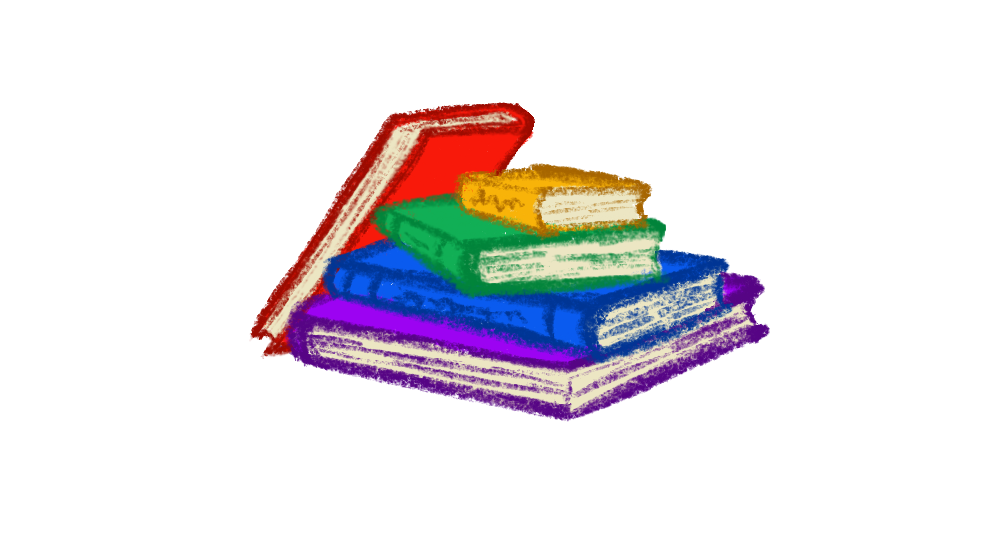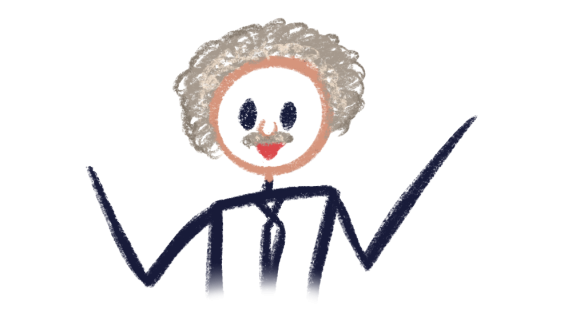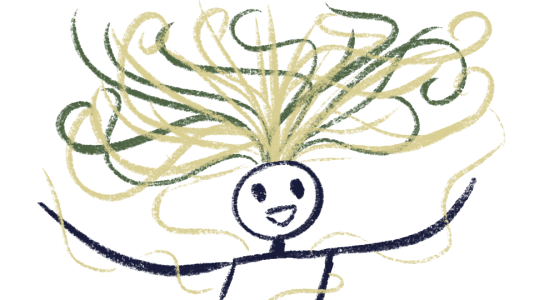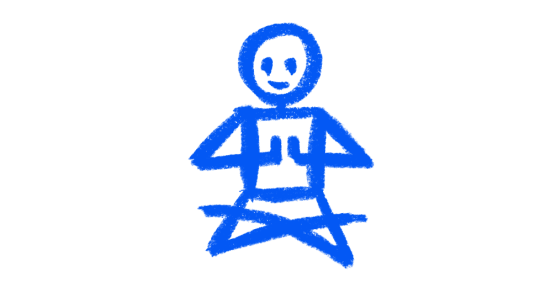
Psychology
How Sparky and Shady Relate to Psychology
Psychology is the scientific study of how humans think, feel and behave.
The Sparky and Shady program aligns with psychological thought and theory, including humanism, attachment theory, neuroscience, mindfulness, trauma-informed practice and positive psychology. It helps children learn to understand themselves, regulate emotions, connect with others, build resilience, and contribute their unique self, gifts and passion in a loving way—with other people and the planet.
The program is a strengths-based, evidence-informed approach designed to connect us with the wise, calm and loving part of ourselves (Sparky), so we can nurture the protective part (Shady). When we work in this way with Sparky and Shady, we discover we have everything we need within us to learn, grow and contribute to life.
Can Sparky and Shady be Explained by Science?


Yes…

and No!
Yes – Science gives us powerful tools to understand Sparky and Shady in the body and brain. We can now scientifically measure the effects of mindfulness, emotional regulation and compassion.
Psychology also helps us make sense of reactivity (Shady) and inner calm (Sparky).
Though Sparky and Shady are imaginary concepts, they align with core ideas across many empirically supported psychological theories, including: evolutionary psychology, developmental theory, attachment theory, social learning theory, positive psychology (including self-compassion, growth mindset, flow, awe & elevation, gratitude, broaden & build, resilience, love), emotional intelligence, mindfulness based psychology, mindfulness based cognitive behaviour therapy, self determination theory, neuropsychology, interpersonal neurobiology, and emotional coaching.
No – There is no conclusive scientific evidence to support the idea that we have an inner source of love (Sparky) in our heart, nor is there scientific proof that a fearful, protective part lives in our head (Shady).
Science cannot fully explain what we experience in our imagination or in our subjective inner world.
Interestingly, there is also no scientific explanation for:
- a moment of deep connection with a child
- that sense of peace we feel in nature
- or the quiet courage we muster when we face something scary but important.
Aside from what can be physically measured and observed in the body or brain, science has not yet found a way to explain our inner experiences—including our imaginative experiences of Sparky and Shady.

“A human being is a part of the whole called by us the ‘Universe’… He experiences himself, his thoughts and feelings as something separated from the rest – a kind of optical delusion of his consciousness.” Albert Einstein.
Some Psychology History
Psychology began as a science around 150 years ago, when the first laboratory was established in Germany, focusing on introspection – observing one’s own thoughts and feelings. Before this, we relied on philosophy, myth, spiritual traditions, and religion to explain how humans work. Around the same time, Charles Darwin’s Theory of Evolution emerged, offering a scientific explanation for how species adapt and survive over time.
Psychological Thinking Evolved
The big influencers in psychological schools of thought (in order of their origins) include psychoanalysis (1900s – Freud and Jung), behaviourism (1930s – Watson and Skinner), humanism (1950s – Rogers and Maslow), cognitivism (1950s – Piaget, Ellis, Beck, Kohlberg), and social and cultural psychology (1960s – Bandura, Vygotsky).
During this time, developmental psychologists focused on how human thinking, feeling and behaviour change as we develop from birth to adulthood (Erikson, Piaget, Kohlberg and Vygotsky).

Putting it Together
Attachment Theory put a lot of the psychological thought and development theory together to explain how and why humans think, feel and behave the way we do (1950s – Bowlby and Ainsworth). This theory is a powerful framework for understanding how early relationships shape a human being’s ability to connect, think, relate, trust and regulate emotions and behaviour throughout their life.
While psychological thinking was evolving, other scientists were studying the biology of the body and brain. These two paths later merged into the fields of neuroscience and biopsychology (2000s – Norman Doidge, The Brain That Changes Itself; Daniel J. Siegel, The Developing Mind).
These brain-based insights have helped educators and mental health practitioners understand the effects of insecure attachment and trauma on the brain—and how emotional and behavioural regulation can be adversely affected.

Mindfulness
Neuroscience and biopsychology have helped legitimise Eastern philosophical practices like mindfulness and meditation by providing evidence of their effectiveness. These practices support emotional regulation and can change the way neurons wire and fire together.
The Timely Pivot
Unrelated but complementary to mindfulness and meditation, positive psychology emerged in the 1990s (Seligman, Csikszentmihalyi). This important area of psychology pivoted away from researching what is wrong with humans to focus on what is right—or in Seligman’s words, on what makes us flourish.
It turns out that many of the things that help us flourish are also things we learn in early childhood when we experience secure attachment with our primary caregivers. These include love, connection, presence, curiosity, self-compassion, resilience, and gratitude.

Back to Survival
Humans have a natural, in-built negativity bias – a tendency to notice, remember and react more strongly to negative experiences than positive experiences. This bias is a survival mechanism to keep us alive (fits in with Darwin’s Theory of Evolution). This bias is part of our Shady.
Jumping to Thriving
Humans also have a natural, in-built positivity potential which humanism, mindfulness, meditation, neuroscience and positive psychology have all alluded to. In this program it is called Sparky.

Kathy and Psychology
My journey as the author and creator of Sparky and Shady has been amazing. If I knew when I started that it would take 33 years and another uni degree before I truly understood—and could share in a simple way— how humans work, how to self-regulate, how to be resilient, and how to be happy and well, I would have been completely overwhelmed! (That’s Shady.)
While we are talking about Shady, it is also worth mentioning that I do not have all the answers. I do not know everything there is to know about how humans’ work. But I definitely know enough to share! Sparky and Shady is a wonderful contribution that has lots of great strategies and knowledge that could make a difference in lots of people’s lives. The idea of having a loving and fearful part of us that we get to choose between makes sense. The program is theoretically supported by science (not empirically), and it is simple enough for kids to understand and apply in their everyday lives.
I hope it helps you and the children in your care!
❤️ Kathy
